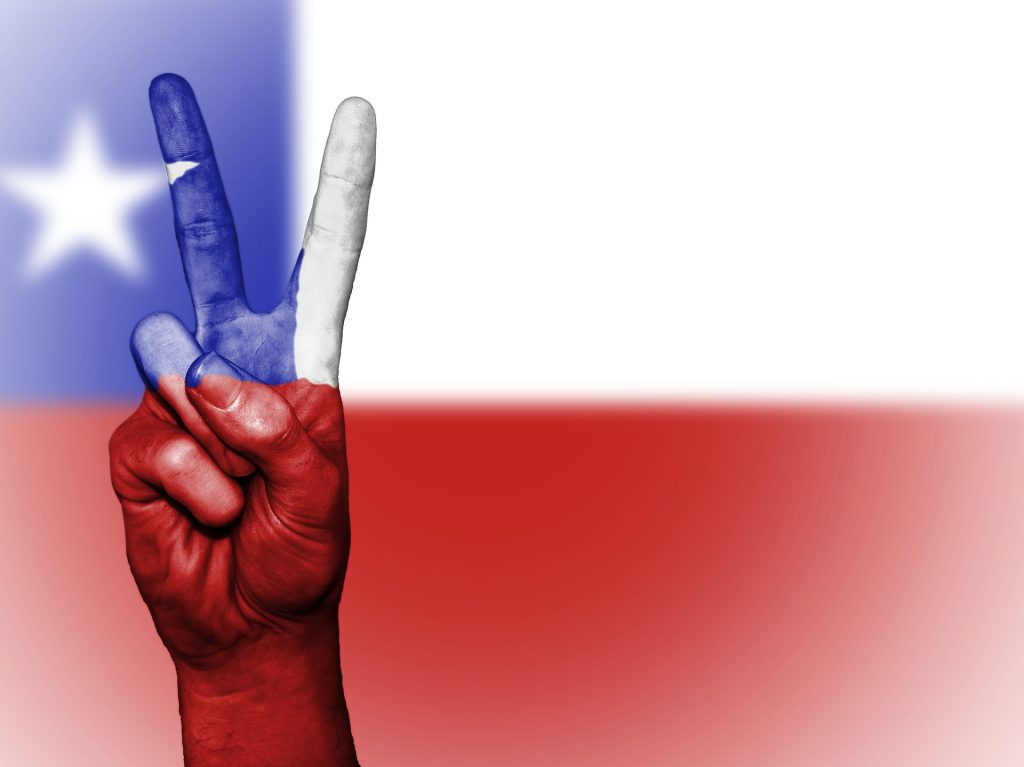The U.S. is a healthy, though saturated market with predictable revenue. A trillion dollars revolve and generate credit card interest. Even with a few economic bumps in the road, cardholders and investors can rely on a generally safe and sound market.
Up until the 1990s, U.S. credit card issuers generated more than half of all credit card transactions. As more and more countries digitize payments, the U.S. total as a percent of total credit card transactions has dropped into the thirty percent range as a percent of total card volume.
Europeans shifted their model, creating the Eurozone and a series of directives under PSD2, GDPR and a variety of other mandates. Eastern markets and India redefined the meaning of credit cards, QR codes, and domestic payments. Now, Latin America is emerging as a powerful credit card and payments market, with new domestic schemes, and more importantly, financial inclusion.
You’ve read about Brazil and Mexico at PaymentsJournal; here is an interesting read on Chile.
As is the case in many LAC countries, credit cards were for the privileged, and few had bank accounts. In 2011, only 23% of the market owned a credit card, and only 42% of the population had a bank account. Six years later, 30% of the country had credit cards, and 74% had bank accounts.
To put it into context, Chile has a population of only 18 million, equal to the total combined populations of NYC, LA, and Chicago. As credit cards were beginning to develop during the seventies and eighties, Chile was lead by an authoritarian military regime for almost 20 years under the realm of Augusto Pinochet. Credit cards, affiliated with the major banks all processed through a monopoly named Transbank.
It was only a few years ago that the Central Bank of Chile required that the market open up for competition, as the country moved towards digitized payments. In the current scenario, the monopoly faces competition by FinTechs such as Allpago, MercadoPago, and Pago Seguro. To stay relevant and adapt to rapid market changes, Transbank is overhauling its payments infrastructure. This brings us to today’s news read.
Yahoo Finance carried the Press Release from ACI Worldwide.
- ACI Worldwide (ACIW), a leading global provider of real-time electronic payment and banking solutions, today announced that Transbank, the largest acquirer in Chile and an existing ACI customer, is now taking advantage of ACI’s UP Retail Payments solution to offer differentiated services to businesses, maintain a competitive edge in the market and better comply with local card scheme mandates.
- “Our goal is to continue innovating the Chilean economy toward even broader global integration.
- “Real-time payments is already a reality in Chile, and moving to an open digital banking environment is necessary to compete today,” said Marco Bravo, vice president, Latin America, ACI Worldwide. “As a leader in the market, Transbank is future-proofing its business with flexible capabilities that drive speed-to-market and allow the company to compete successfully while increasing customer retention and delivering even higher shareholder value.”
In an analysis of Transbank by Standard and Poors, it was noted:
- The move is part of Chile’s efforts to install a four-part model in the payments system, a system that is already in place in the U.S., Brazil, and much of Europe. Under that model, there is a separation between card issuers and the payment processing companies in transactions involving card users and merchants.
- Banco de Chile and Banco de Credito e Inversiones SA, both Transbank owners, have both publicly supported the move, according to local reports.
There are a few important takeaways. Transbank is a well-established company that has run within the boundaries of the Chilean Central Bank. With the carve-out, Transbank will get beyond just cards and into real-world payments. The competition is heating, and as the country includes more payment-enabled people, there is plenty of room for competition.
For ACI, a company with decades of success in payments, this is a perfect example of their Universal Payments Platform in action. Transbank will be able to connect and interact with any financial system technology and be ready for the world of payments, today and in years to come.
Overview by Brian Riley, Director, Credit Advisory service at Mercator Advisory Group

